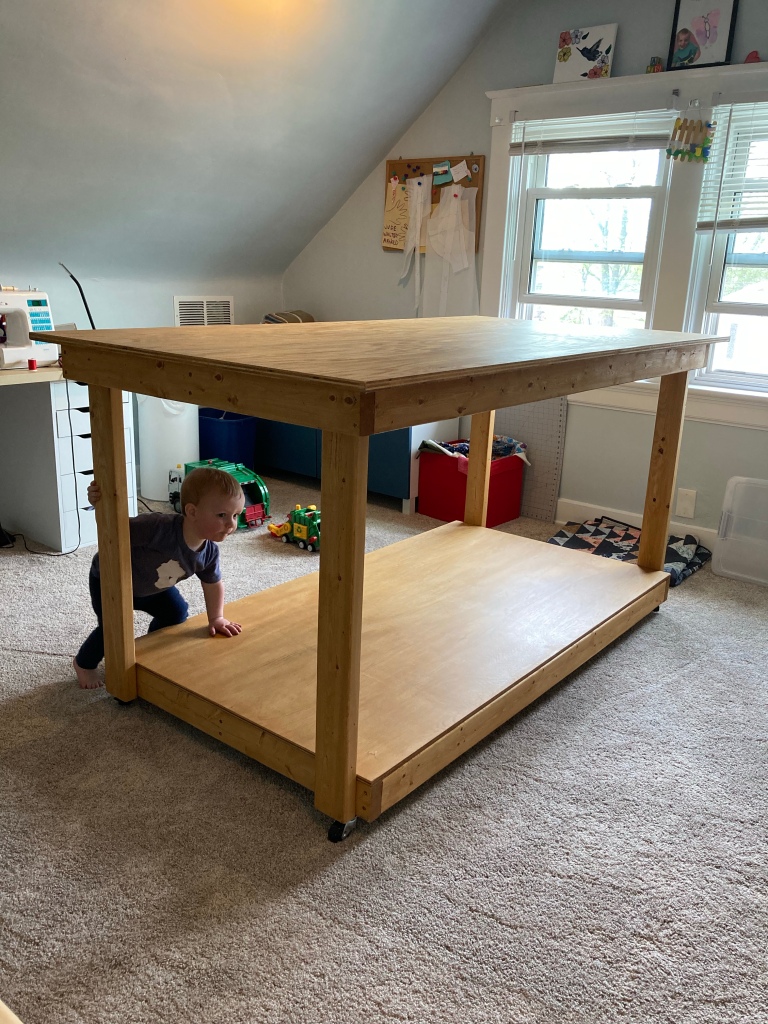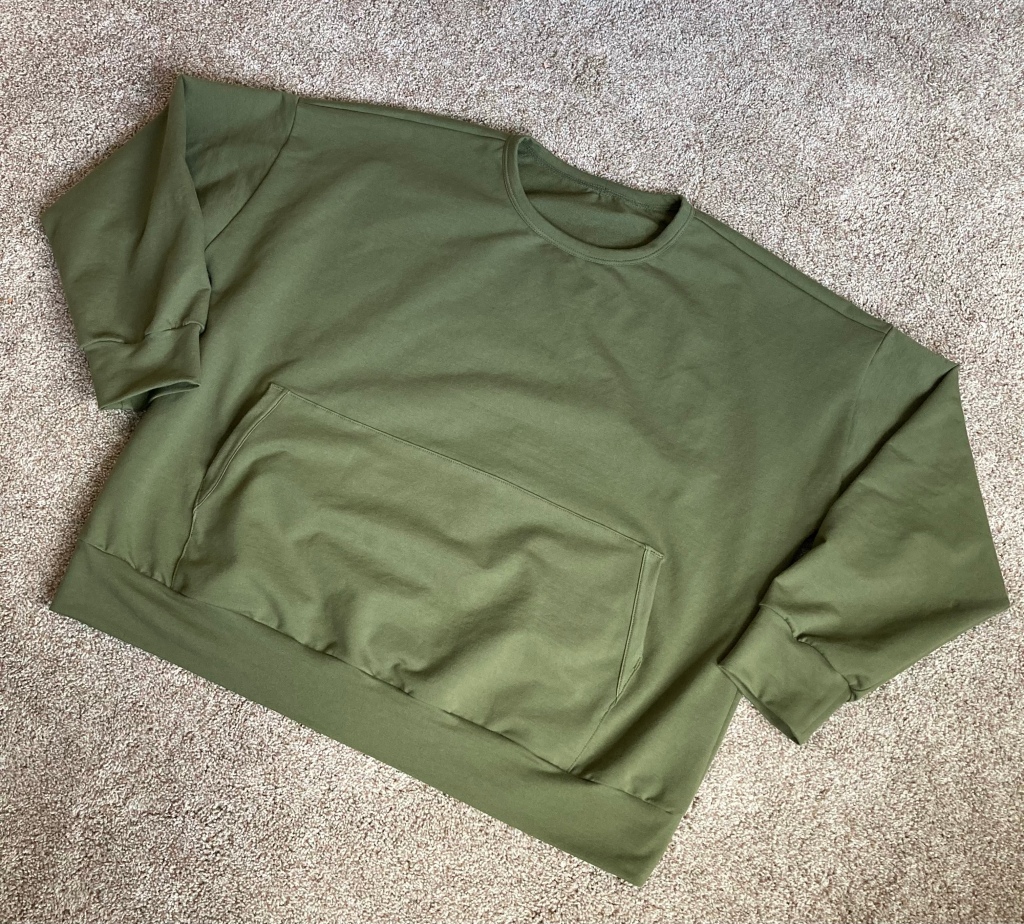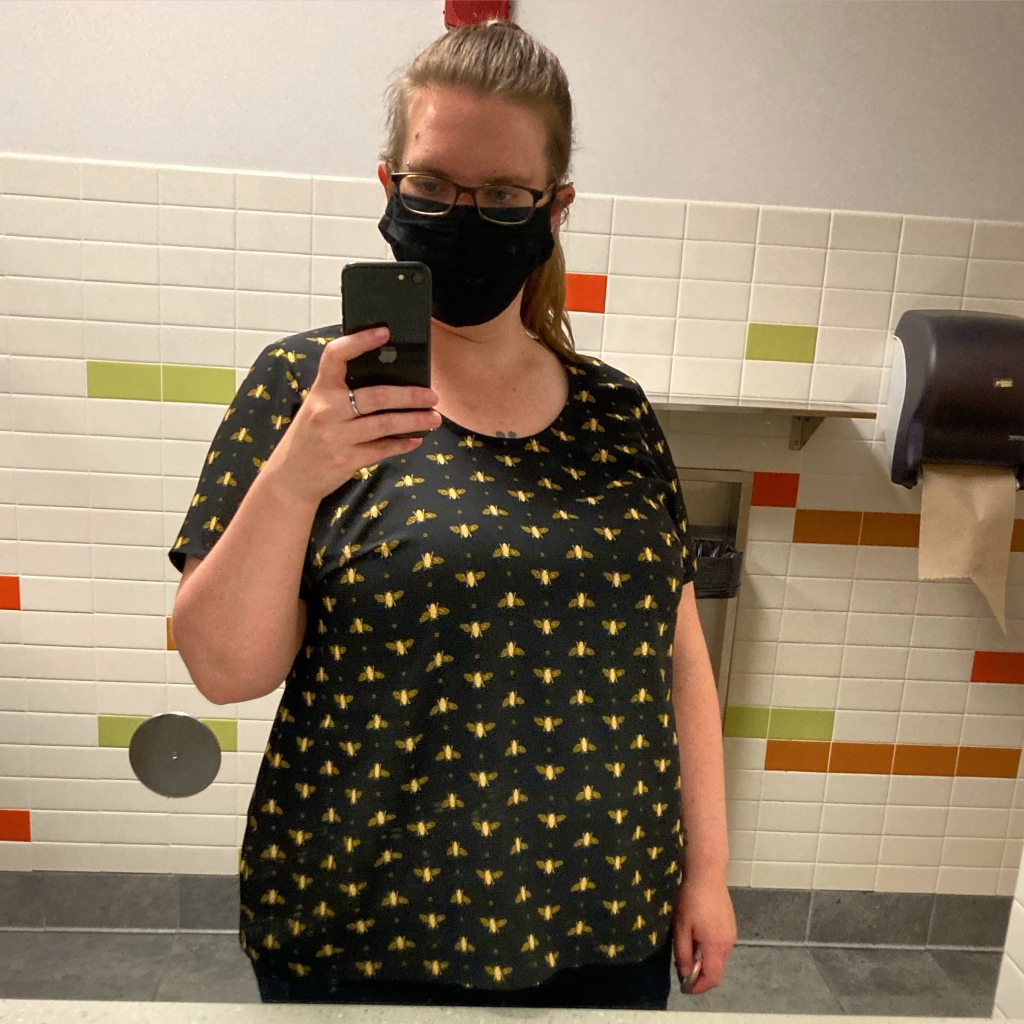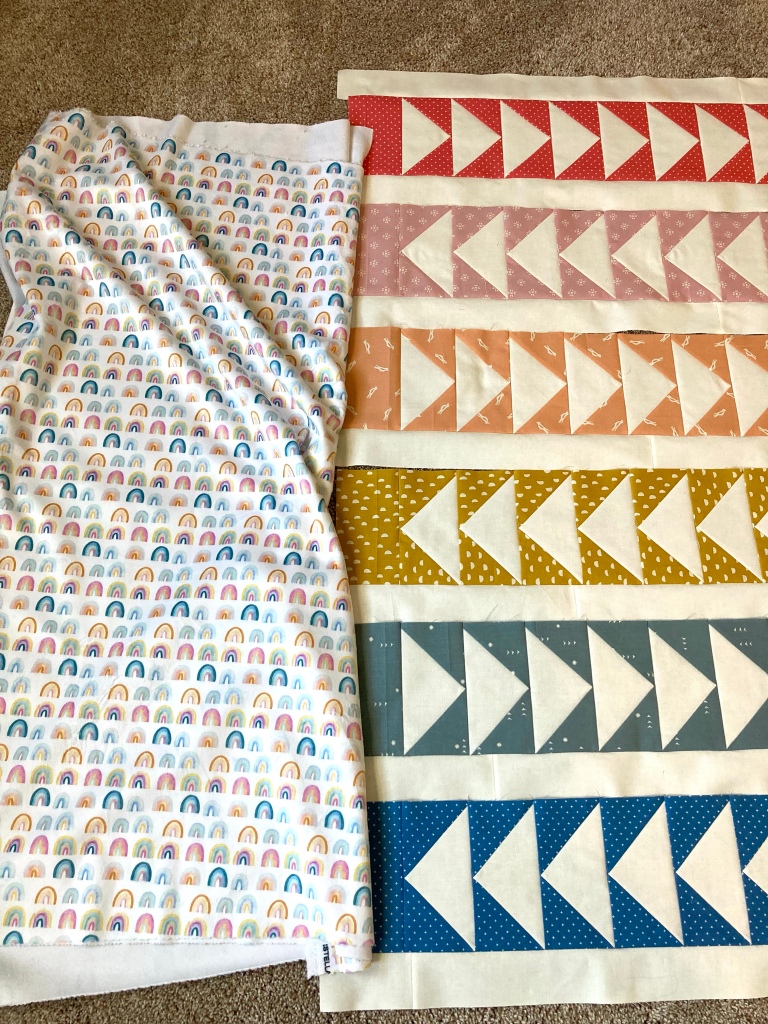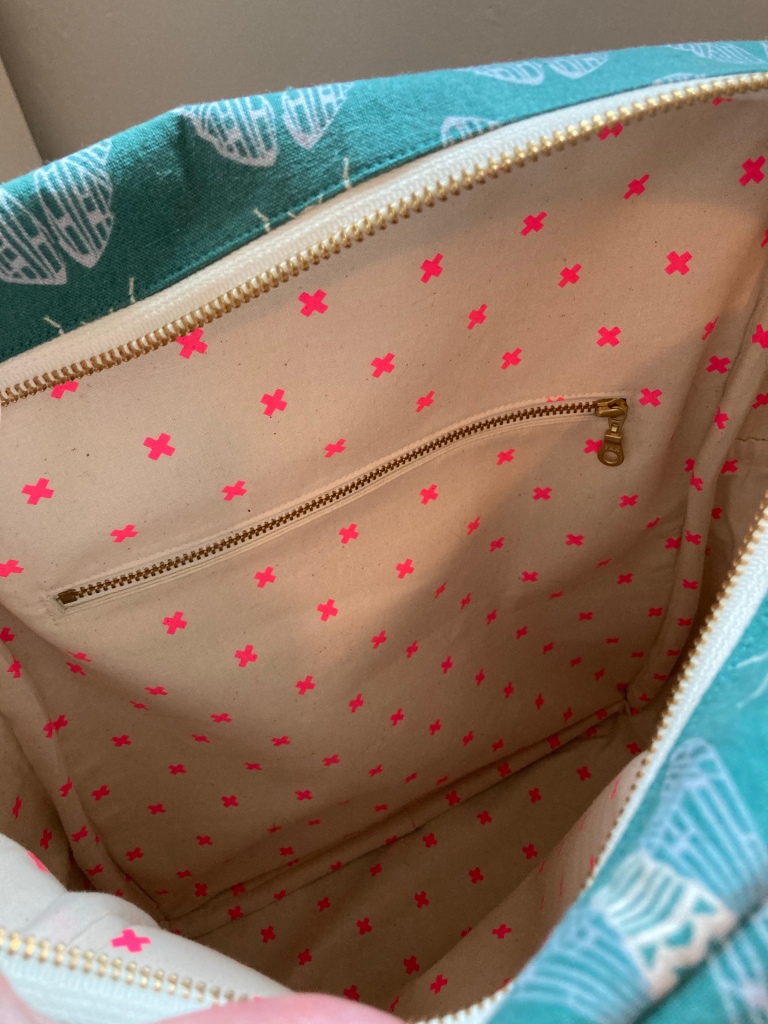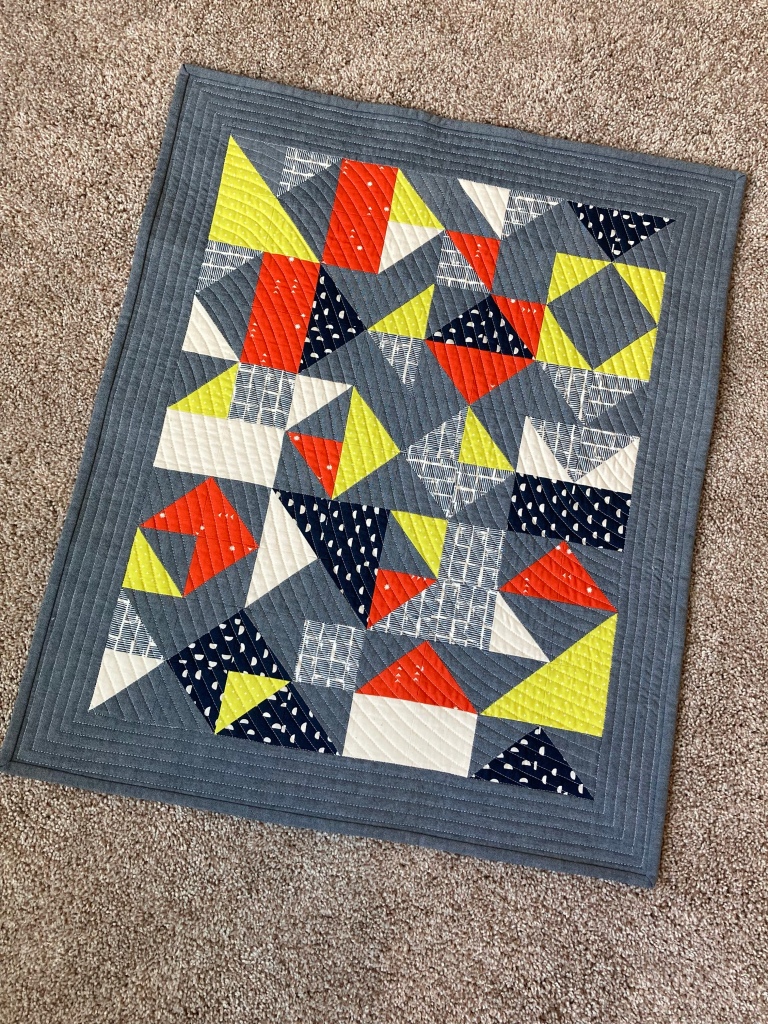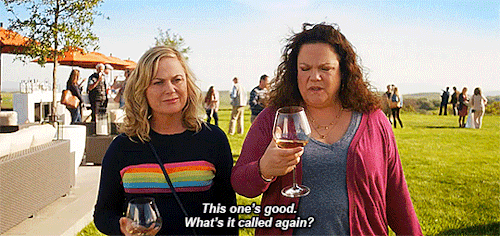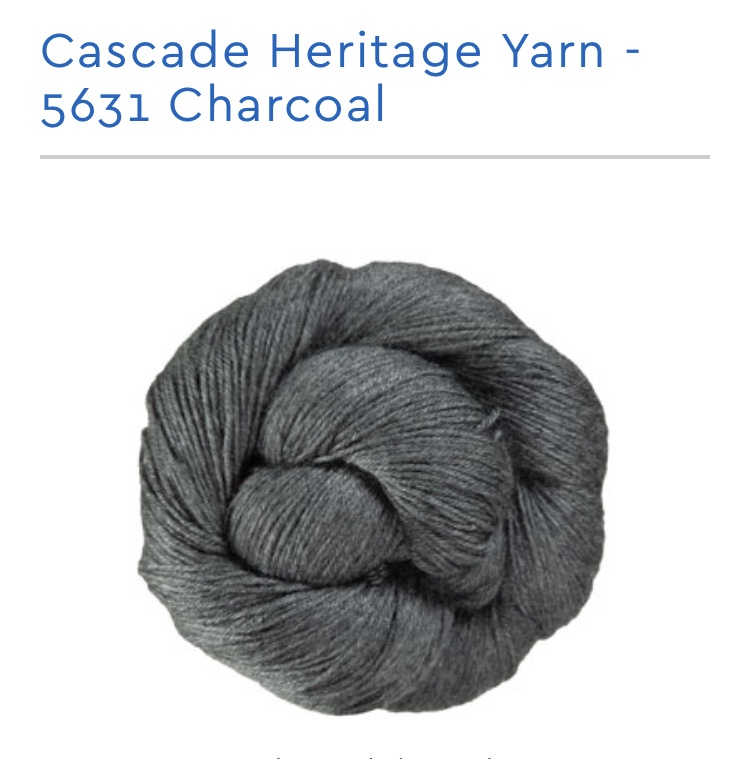I turned my final grades in on Saturday and now I’m taking this week off completely before I start all of my summer work. I’m not very good at deliberately taking time off, so I’m fighting the impulse to make myself a big to-do list for the week. So far, I’ve been sitting on the couch knitting, and I’ve managed to get to Raku Week in the most recent season of The Great Pottery Throw Down and finish up a sweater that I’ve had on the go for awhile. (I’ll share that in a bit once I’ve had a chance to block it.)

Last week, I had some training stuff to sit through, which gave me the chance to finish up my April crochet project—these two color-blocked market bags. I used a free pattern I found on Ravelry and some basic kitchen cotton from JoAnn’s, and now I have two new bags that have solved my ongoing issue of having to drag a weird pile of loose sheets and blankets in and out of school each week to get Jude and Silas’s nap stuff washed over the weekend. They also got lots of compliments from the teachers at school, so this might be a nice gift project. The pattern itself was very simple. The bottom and the top are just worked in single crochet and the mesh is an easy combo of chains and double crochet.

I took on this challenge of making a new crochet project every month on a whim, but I’m really enjoying it. I’ve known how to crochet for about as long as I’ve known how to knit, but I’ve done it so erratically that I usually have to look up tutorials to remind myself how to do very basic things. So taking up a new project each month is definitely helping to cement some of those skills, while also introducing me to new stitches and techniques and helping me develop a more even and desirable tension.

But there’s creative value to the challenge too, in that it’s helping me explore some of the possibilities of crochet. It’s an opportunity to explore what kinds of projects I like crocheting, a chance to discover new-to-me designers, and a way to develop a clearer sense of where and when I might prefer crochet or knitting for a specific type of project. I think I had also gotten to a place with knitting where I was stuck in a bit of a rut making the same kinds of things with the same kinds of yarns but not feeling particularly excited about any of it. Doing more crochet feels like it’s shaken something loose for me and helped me look at knitting again with fresher eyes and start to envision plans that feel more exciting while still feeling true to the kind of maker I am.

Anyway. I’m excited to see where the next eight months of crochet projects takes me—I don’t really plan them out in advance so I really don’t know month to month what I might end up doing. That’s part of the fun.
Project Details:
Pattern – Color Block Market Bag by Jenn Palmer
Yarn – Lily Sugar’n Cream in Ecru, Red, and Teal
Hook – H
